Trade on the Arabian Sea

Arabian Sea Trade
A great deal has been said on this website about the trade routes between Alexandria and India/Sri Lanka. It is interesting to note, that the only two civilizations between these two points that seem to have flourished were the Nabataeans and the Himyarites of Southern Arabia. The Himryarite Kingdom only flourished after direct involvement of the Nabataeans at the head of a Roman Army, which crushed the South Arabian kingdoms that faced towards the desert, allowing the Himyarite Kingdom nearer the Arabian Sea to expand and export their incense by ship, via the port of Cane.

Fishing vessels in the port of Fujaira, in the United Arab Emirates.
Nabataeans in the Arab Gulf
Before you read this section, please make sure you have read the paper Who were the Ancient Arab Sea Traders? It will help you understand our perspective.
Without question, the single most important trading entity in the Arabian Gulf during the Seleucid period, was Gerrha. These people traded in Indian goods and Arabian incense. Their city was known as Gerrha, but to date no one is 100% sure where that city was. Strabo wrote (16.3.3) that it was inhabited by Chaldaeans, exiles fom Babylon. Stephen of Byzantium calls it Polis Khaldaiou. This has been interpreted by most historians to mean that the city was founded by Chaldaeans. Later in the third century, Nicander of Colophon mentions the ‘nomads of Gerrha.’ Some historians, notabley D. T. Potts, (The Arabian Gulf in Antiquity) feels that Gerrha must have been located in the region of modern day al Jubayl in eastern Saudi Arabia. The ancient settlement of Al Jubayl was a port and fishing village built around a small oasis fed by two springs. With a deeper harbor than other nearby ports, it was favored both by cargo vessels and by boats used for pearl fishing, which reached its height in the 19th and early 20th centuries. In 1933 American geologists of the California Arabian Standard Oil Company, forerunner of Aramco (the Arabian American Oil Company), set up headquarters in Al Jubayl and began searching for oil. In 1975 King Khalid established the Royal Commission for Al Jubayl and Yanbu’ al Bahr, with the goal of creating two industrial cities—one on the Persian Gulf and one on the Red Sea—that would help Saudi Arabia diversify its economy and lessen dependence on oil exports. Construction began in 1977, and by the early 1980s Al Jubayl had become the largest construction project in the world, and any hope of tracing ancient Gerrha has now disappeared.
Early Nabataean pottery has been found in locations on the Persian Gulf, along the coasts of Saudi Arabia, Bahrain and the U.A. E.. (Tuwayr, Zubayda, Thaj, and Ayn Jawan)

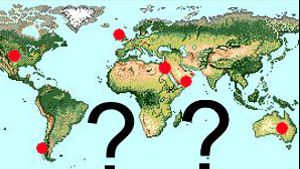
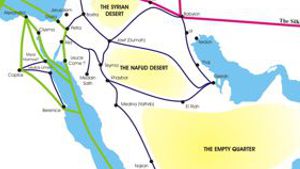
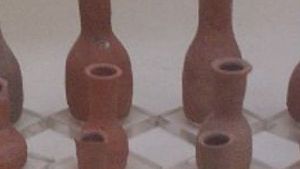






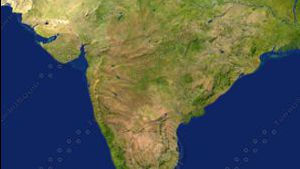
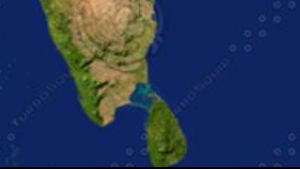

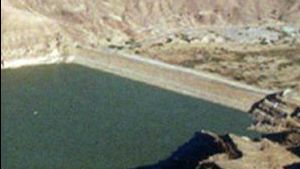
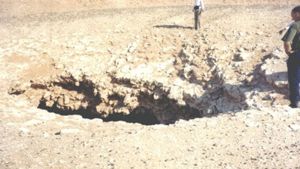

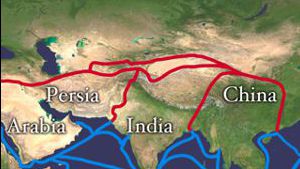
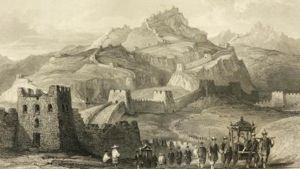
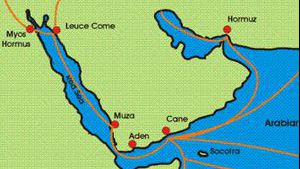
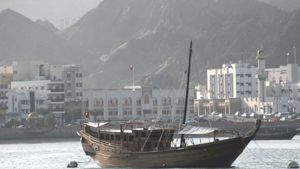




Page Discussion
Membership is required to comment. Membership is free of charge and available to everyone over the age of 16. Just click SignUp, or make a comment below. You will need a user name and a password. The system will automatically send a code to your email address. It should arrive in a few minutes. Enter the code, and you are finished.
Members who post adverts or use inappropriate language or make disrespectful comments will have their membership removed and be barred from the site. By becoming a member you agree to our Terms of Use and our Privacy, Cookies & Ad Policies. Remember that we will never, under any circumstances, sell or give your email address or private information to anyone unless required by law. Please keep your comments on topic. Thanks!